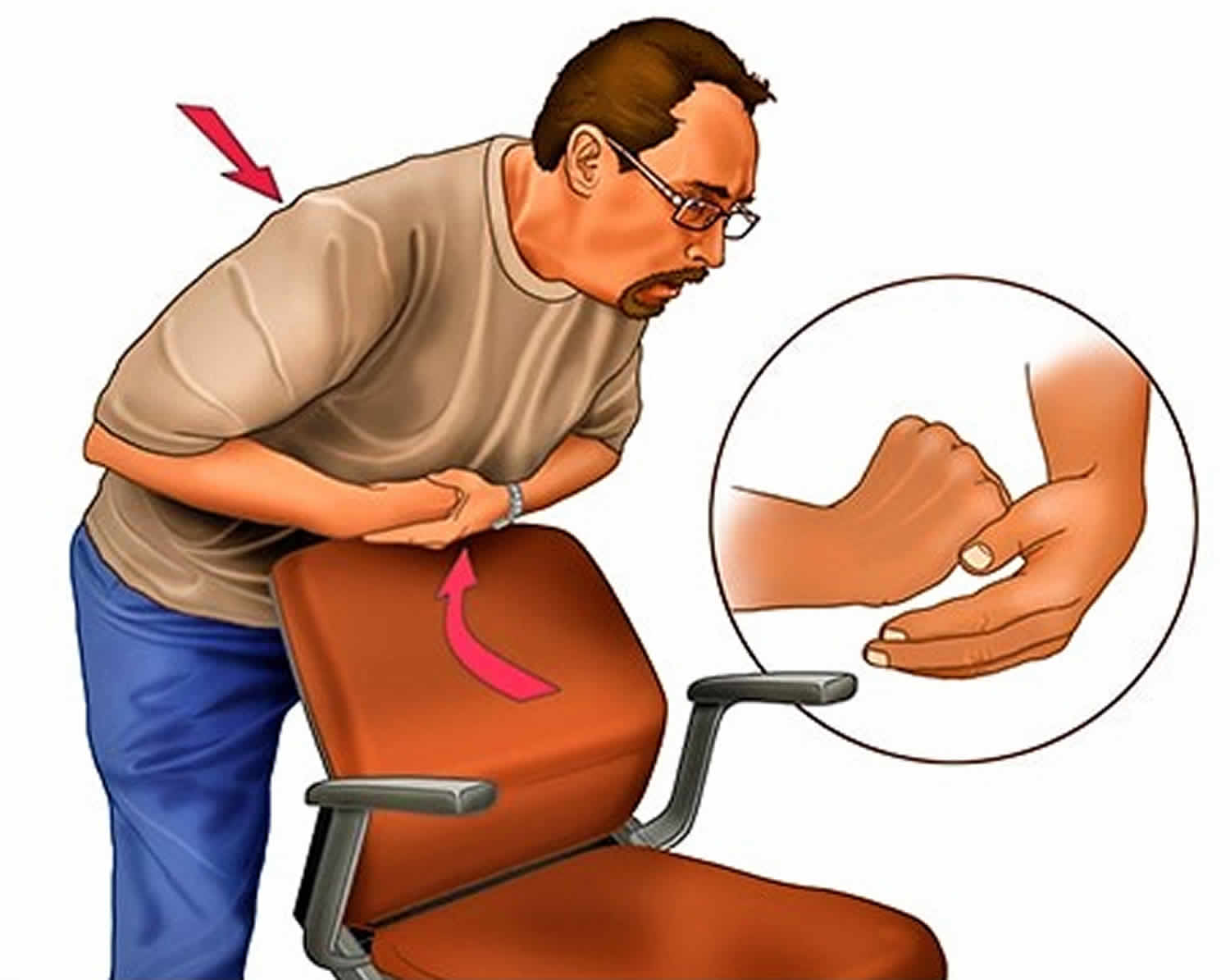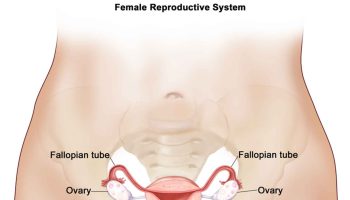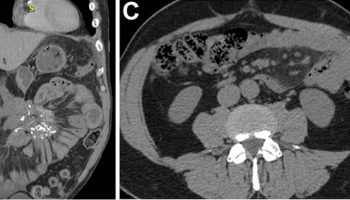How to do the Heimlich maneuver
The Heimlich Maneuver be employed only when a person is choking and his or her life is endangered by a windpipe obstruction. Choking is signaled by an inability to speak, cough or breathe, and may result in a loss of consciousness and death. Avoid using excessive force in employing the Heimlich Maneuver to avoid injury to the ribs or internal organs. Given the potentially life-or-death nature of the situation, use your best judgment.
Choking occurs when a foreign object lodges in the throat or windpipe, blocking the flow of air. In adults, a piece of food often is the culprit. Young children often swallow small objects. Because choking cuts off oxygen to the brain, give first aid as quickly as possible.
The universal sign for choking is hands clutched to the throat. If the person doesn’t give the signal, look for these indications:
- Inability to talk
- Difficulty breathing or noisy breathing
- Squeaky sounds when trying to breathe
- Cough, which may either be weak or forceful
- Skin, lips and nails turning blue or dusky
- Skin that is flushed, then turns pale or bluish in color
- Loss of consciousness
If the person is able to cough forcefully, the person should keep coughing. If the person is choking and can’t talk, cry or laugh forcefully, the American Red Cross recommends a “five-and-five” approach to delivering first aid:
- Give 5 back blows. Stand to the side and just behind a choking adult. For a child, kneel down behind. Place one arm across the person’s chest for support.
- Bend the person over at the waist so that the upper body is parallel with the ground. Deliver five separate back blows between the person’s shoulder blades with the heel of your hand.
- Give 5 abdominal thrusts. Perform five abdominal thrusts (also known as the Heimlich maneuver).
- Alternate between 5 blows and 5 thrusts until the blockage is dislodged.
The American Heart Association doesn’t teach the back blow technique, only the abdominal thrust procedures. It’s OK not to use back blows if you haven’t learned the technique. Both approaches are acceptable.
Figure 1. Heimlich maneuver
Heimlich maneuver steps
How to perform the Heimlich maneuver (abdominal thrusts) on someone else:
- Stand behind the person. Place one foot slightly in front of the other for balance. Wrap your arms around the waist. Tip the person forward slightly. If a child is choking, kneel down behind the child.
- Make a fist with one hand. Position it slightly above the person’s navel.
- Grasp the fist with the other hand. Press hard into the abdomen with a quick, upward thrust — as if trying to lift the person up.
- Perform between six and 10 abdominal thrusts until the blockage is dislodged.
Heimlich maneuver to clear the airway of a pregnant woman or obese person:
- Position your hands a little bit higher than with a normal Heimlich maneuver, at the base of the breastbone, just above the joining of the lowest ribs.
- Proceed as with the Heimlich maneuver, pressing hard into the chest, with a quick thrust.
- Repeat until the food or other blockage is dislodged. If the person becomes unconscious, follow the next steps.
If you’re the only rescuer, perform back blows and abdominal thrusts before calling your local emergency number for help. If another person is available, have that person call for help while you perform first aid.
If the person becomes unconscious, perform standard cardiopulmonary resuscitation (CPR) with chest compressions and rescue breaths.
Heimlich maneuver on Conscious Adult
- In the event of choking, rescuers should take action if they see signs of severe airway obstructions (including poor air exchange and increased breathing difficulty, a silent cough, cyanosis or if the person is unable to speak or breathe).
- To differentiate between mild airway obstruction and severe airway obstruction, the rescuer should ask, “Are you choking?” If the victim nods yes, assistance is needed. Choking also often is indicated by the Universal Distress Signal (hands clutching the throat).
- If the person can speak, cough or breathe, do not interfere.
- If the person cannot speak, cough or breathe, give abdominal thrusts known as the Heimlich Maneuver.
- To employ the Heimlich Maneuver, reach around the person’s waist. Position one clenched fist above the navel and below the rib cage. Grasp your fist with your other hand. Pull the clenched fist sharply and directly backward and upward under the rib cage six to 10 times quickly.
- In case of obesity or late pregnancy, give chest thrusts.
- Continue uninterrupted until the obstruction is relieved or advanced life support is available. In either case, the person should be examined by a physician as soon as possible.
Heimlich maneuver on yourself
To perform Heimlich maneuver (abdominal thrusts) on yourself:
First, if you’re alone and choking, call your local emergency number immediately. Then, although you’ll be unable to effectively deliver back blows to yourself, you can still perform abdominal thrusts to dislodge the item.
- Place a fist slightly above your navel.
- Grasp your fist with the other hand and bend over a hard surface — a countertop or chair will do.
- Shove your fist inward and upward.
Figure 2. Heimlich maneuver on yourself
Heimlich maneuver on Unconscious Adult
- Position the person on his or her back, arms by side.
- Shout for help. Call your local emergency number.
- Perform a finger sweep to try to remove any foreign body from the mouth. Only remove an object you can see and easily extricate. Be careful not to push the food or object deeper into the airway, which can happen easily in young children.
- Listen for breathing and watch for the chest to rise and fall. If the person is not breathing, perform rescue breathing. If unsuccessful, give six to 10 abdominal thrusts (the Heimlich Maneuver). To perform abdominal thrusts on an unconscious person, kneel over the person and place the heel of one hand on the person’s abdomen, slightly above the navel. Next, place your other hand on top of the first. Press into the abdomen with quick, upward thrusts.
- Repeat sequence: Perform finger sweep, attempt rescue breathing, perform abdominal thrusts, until successful.
- Continue uninterrupted until the obstruction is removed or advanced life support is available. When successful, have the person examined by a physician as soon as possible.
- After the obstruction is removed, begin CPR, if necessary.
Heimlich maneuver baby or infant younger than age 1
Heimlich maneuver Conscious Infant (Under one year old)
- Assume a seated position and hold the infant facedown on your forearm, which is resting on your thigh. Support the infant’s head and neck with your hand, and place the head lower than the trunk.
- Thump the infant gently but firmly five times on the middle of the back using the heel of your hand. The combination of gravity and the back blows should release the blocking object. Keep your fingers pointed up to avoid hitting the infant in the back of the head.
- Turn the infant faceup on your forearm, resting on your thigh with the head lower than the trunk if the infant still isn’t breathing. Using two fingers placed at the center of the infant’s breastbone, give five quick chest compressions. Press down about ½ to 1 inch, and let the chest rise again in between each compression. Avoid the tip of the sternum.
- Repeat the back blows and chest thrusts if breathing doesn’t resume – until the foreign body is expelled or the infant becomes unconscious. Call for emergency medical help.
- Begin infant CPR if one of these techniques opens the airway but the infant doesn’t resume breathing.
Alternative method: Lay the infant face down on your lap, head lower than torso and firmly supported. Perform up to five back blows. Turn the infant on his or her back as a unit and perform up to five chest thrusts.
Figure 3. Heimlich maneuver baby or infant under one
Heimlich maneuver infant Unconscious Infant (Under one year old)
- Shout for help. Call your local emergency number.
- Perform the tongue-jaw lift. (Grip on the jaw by placing your thumb in the infant’s mouth and grasping the lower incisor teeth or gums; the jaw then lifts upward.) If you see the foreign body, remove it.
- If trained to do so, begin rescue breathing.
- Perform the sequence of back blows and chest thrusts as described for a conscious infant.
- After each sequence of back blows and chest thrusts, look for the foreign body and, if visible, remove it.
- Resume rescue breathing.
- Continue with the sequence of back blows and chest thrusts, and, after each sequence continue to check for the foreign body, which should be removed.
- If the foreign body is removed and the infant is not breathing, begin CPR.
CPR for babies under 12 months
- Step 1: If a baby is unconscious, check her mouth for airway blockages – for example, tongue, food, vomit or blood. If there’s a blockage, use your little finger to clear it. Place baby on her back to open her airway.
- Step 2: Check for breathing. Listen for the sound of the breath, look for movements of the chest or feel for the breath on your cheek.
- Step 3: If baby is breathing, place him in the recovery position by lying him face down on your forearm. Phone your local emergency services number. Check baby regularly for breaths and responses until the ambulance arrives.
- Step 4: Position two fingers in the center of baby’s chest and give 30 compressions at a rate of about 100 compressions per minute. Each compression should depress the chest by about one third.
- Step 5: Tilt the baby’s head back very slightly with the chin lifted to bring the tongue away from the back of the throat, opening her airway. Take a breath and seal her mouth and nose with your mouth. Blow gently and steadily for about one second. Watch for the rise and fall of the chest. Take another breath and repeat the sequence.
- Step 6: Continue giving 30 compressions followed by 2 breaths until medical help arrives. If the child starts breathing and responding, turn her into the recovery position. Keep watching her breathing and be ready to start CPR again at any time.
Figure 4. CPR for babies under 12 months
Heimlich maneuver toddler or child
For a child aged over one year do the following:
- If you can see the object, try to remove it. Don’t poke blindly or repeatedly with your fingers. You could make things worse by pushing the object further in and making it harder to remove.
- If your child’s coughing loudly, encourage them to carry on coughing to bring up what they’re choking on and don’t leave them.
- If a child shows signs of choking, stay calm and encourage the child to lean forward and to cough to help remove the object while you’re waiting for the ambulance to arrive. If this doesn’t work, follow the steps to clear a blockage (shown below).
- If your child’s coughing isn’t effective (it’s silent or they can’t breathe in properly), shout for help immediately and decide whether they’re still conscious.
- If your child’s still conscious, but they’re either not coughing or their coughing isn’t effective, use back blows shown below.
Choking first aid: clearing a blockage for children and teens
- Step 1: Bend the child forward and use the heel of your hand to give a sharp back blow between the shoulder blades. Check to see if the blockage has cleared before giving another blow. If the blockage hasn’t cleared after five blows, try chest thrusts.
- Step 2: Place one hand in the middle of the child’s back and the other hand in the center of his chest. Using the heel of the hand on the chest, do five chest thrusts – like cardiopulmonary resuscitation (CPR) compressions but slower and sharper. Check to see if the blockage has cleared between each thrust.
- Step 3: If the child is still choking, call your local emergency services number and alternate five back blows and five chest thrusts until emergency help arrives. If at any point the child becomes unconscious, start child CPR.
- Even if the object has come out, get medical help. Part of the object might have been left behind, or your child might have been hurt by the procedure.
Heimlich maneuver Conscious Toddler or Child (Over one year old)
To dislodge an object from the airway of a child:
- Perform the Heimlich Maneuver (abdominal thrusts) as described for adults. Avoid being overly forceful in order to avert injury to ribs and internal organs (use your best judgment).
Heimlich maneuver Unconscious Toddler or Child (Over one year old)
- If the child becomes unconscious, continue as for an adult, except:
- Do not perform a blind finger sweep in children up to 8 years old. Instead, perform a tongue-jaw lift and remove the foreign body only if you can see it.
Figure 5. Choking first aid – clearing a blockage for children and teens
CPR for for children over 1 year
- Step 1: If a child is unconscious, the first step is to check his mouth for anything blocking the airway. This could include his tongue, food, vomit or blood.
- Step 2: If you find a blockage, roll him onto his side, keeping his top leg bent. This is the recovery position. Clear blockages with your fingers, then check for breathing.
- Step 3: If you find no blockages, check for breathing and look for chest movements. Listen for breathing sounds, or feel for breath on your cheek.
- Step 4: If the child is breathing, gently roll him onto his side and into the recovery position. Phone your local emergency services number and check regularly for breathing and response until the ambulance arrives. If the child is not breathing and responding, send for help. Phone local emergency services number and start CPR: 30 chest compressions, 2 breaths.
- Step 5: Put the heels of your hands in the center of the child’s chest. Using the heel of your hand, give 30 compressions. Each compression should depress the chest by about one third.
- Step 6: After 30 compressions, take a deep breath, seal your mouth over the child’s mouth, pinch his nose and give two steady breaths. Make sure the child’s head is tilted back to open his airway.
- Step 7: Keep giving 30 compressions then 2 breaths until medical help arrives. If the child starts breathing and responding, turn him into the recovery position. Keep watching his breathing and be ready to start CPR again at any time.
Figure 6. CPR for for children over 1 year










